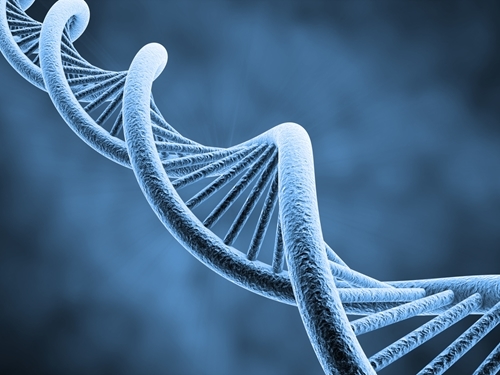Horses and humans have shared a long history together. In fact, the duo has been around for at least 5,500 years, with the domestication of horses regarded as a huge breakthrough that brought advancements in communications, farming and transportation. Indeed the animal has done much for human progress, and it appears we have shaped its evolution as well. According to recent research, a horse’s gait was influenced by a genetic mutation spread by humans around the globe.
Dr. Leif Andersson, a scientist from the Swedish University of Agricultural Sciences, led a team that explored the mutation in a specific gene called DMRT3, which affects the stride of horses, known as the “gait keeper.”
The DMRT3 gene is key in controlling a range of gaits as well as pace. From riding through the pastures to transporting goods to racing, many species have been bred to promote smoothness of locomotion.
“Over the centuries, horse populations and breeds have been shaped by humans based on the different purposes for which the animals were used,” Dr. Andersson said in a press release. “For example, the Paso Fino is a breed from Latin America in which the frequency of the ‘gait keeper’ mutation is nearly 100%. It is claimed that the Paso Fino gait is so smooth that you can have a glass of wine in your hand without letting it spill.”
Examining the gait keeper
For the study, the team analyzed almost 4,400 horses from 141 breeds around the world and discovered that the gait keeper mutation is found across Europe and Asia, Iceland, South Africa, and in both South and North America.
Further examination showed that DMRT3 is expressed in spinal cord neurons, which coordinates limbs and movement.
“Humans have spread this mutation across the world primarily because horses carrying this mutation are able to provide a very smooth ride, in some breeds referred to as a running walk,” said Dr. Andersson. “During such ambling gaits the horse has at least one foot on the ground that means that the vertical movement of the rider is minimal.”
The three naturally occurring gaits in all equines are walk, trot and canter/gallop. Based on variation in footfall pattern, cadence and time, these different gaits can be split into four categories: pace, regular rhythm ambling, lateral ambling and diagonal ambling. Horse trainers may use this information to better find specific show jumping horses, draft horses and thoroughbreds that may be well-suited to performance standards. The research shows that the gait keeper gene has a favorable effect on harness racing performance.








